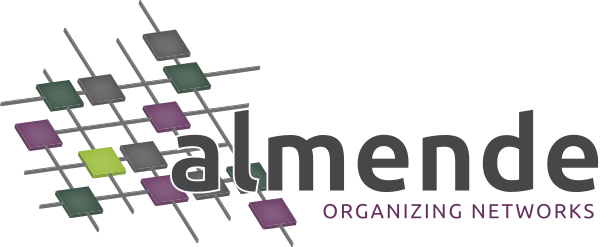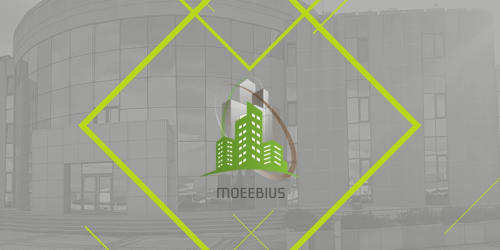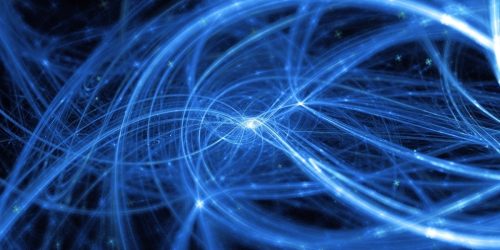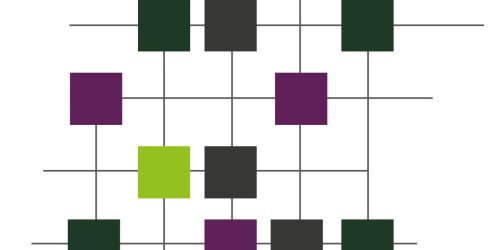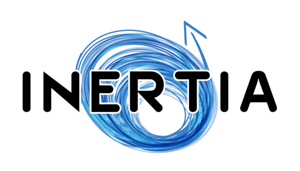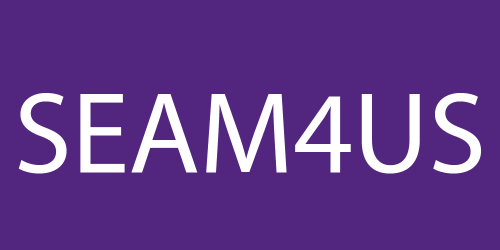Energy
The energy domain has always been a balancing act between production and consumption; storing energy is expensive and inefficient, yet often necessary to act as a buffer for sudden spikes in demand or drops in supply. Households and offices account for a significant portion of energy consumption, but are often unaware of the drivers of this consumption. Finally, ecological pressures necessitate the shift to different, renewable energy sources which bring their own caveats to an already complex ecosystem.
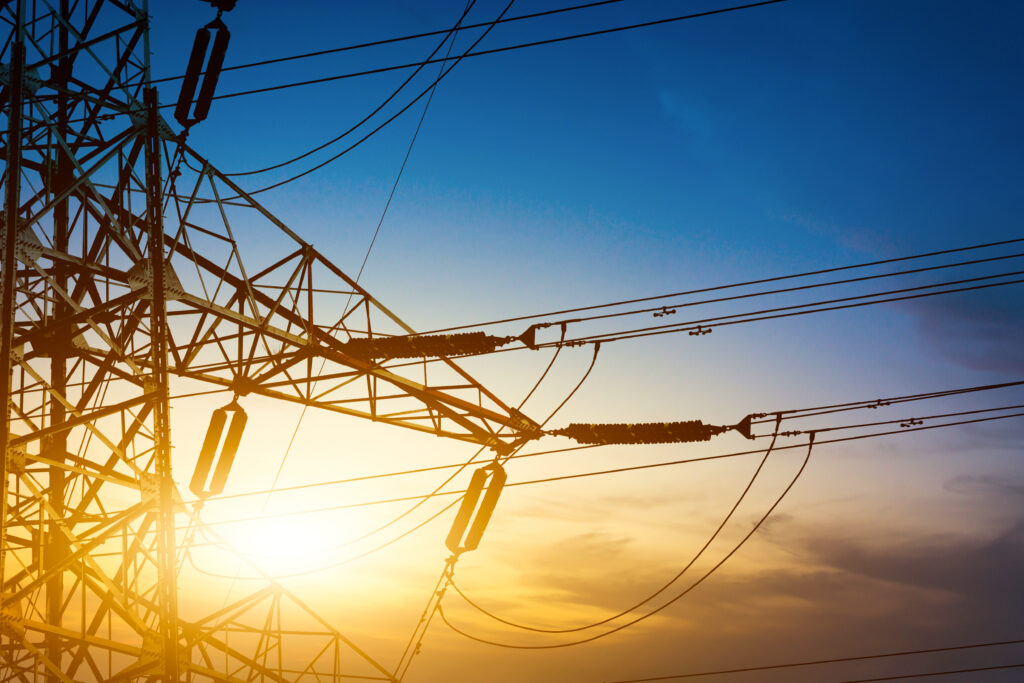
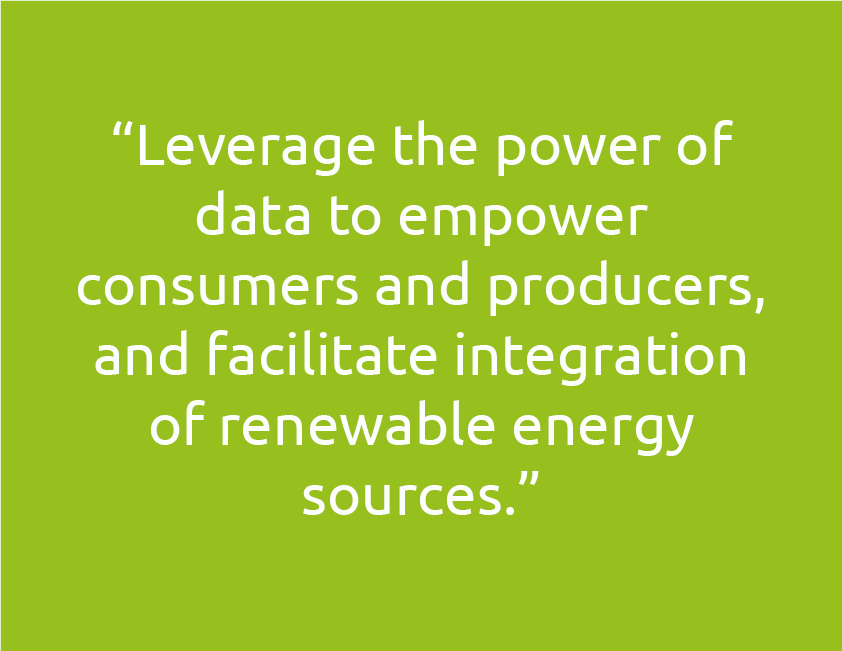
Collect and share information to empower consumers
The owner of a household or office building generally has little information about the drivers of their energy consumption or production. Smart meters offer some degree of information, but only at the aggregate level. By augmenting this information with sensors and IoT-enabled devices, consumers can get a more complete picture and act accordingly. Perhaps an old appliance is drawing excess power even when it’s not being used, or perhaps a wiring problem causes a solar panel to function suboptimally. By making it easier for the consumer to see the effects of their daily patterns and equipment use, it’s easier for them to make energy-conscious decisions and investments.
Leverage the power of data using digital twins
The physical world is increasingly getting a digital counterpart, through the fusion of data gathered by sensors with human and machine-generated data about production and consumption patterns. This makes it possible to create digital twins of households, buildings, wind and solar farms, and even entire systems (thus creating a system-of-systems). Based on past project experience we have come up with the technical design principles that make such digital twins modular, interoperable, and scalable from single households to entire systems, which in combination allows for automated, rapid decision making, better forecasting, and a holistic view of energy requirements and production.
Promote self-organized energy systems
More and more devices are becoming smart, either through built-in technology or advanced capabilities of building infrastructures, such as smart meters and digital twins. This creates much more information on the demand side of the energy market. On the supply side, artificial intelligence can improve forecasts of renewable energy sources to ease their integration to the grid. However, energy systems still show a large degree of inefficient central control. We actively research technology which uses the aforementioned information sources to allow for decentralized decision making and local solutions to deal with unexpected changes in supply or demand, lessening the need for a central ‘power plant’ to intervene.
Projects
Almende aims to facilitate innovation. Click on one of the tiles below if you wish to learn more about one of our energy projects.
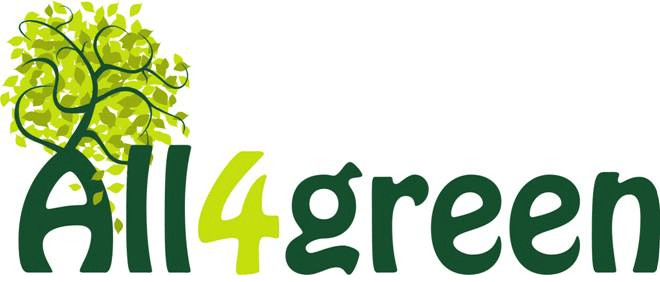
All4Green
Creating a sustainable ICT ecosystem to use data centres to balance energy production peaks and dips.
More info?
Need specific information regarding our energy domain? Please contact our senior consultant for more information.


